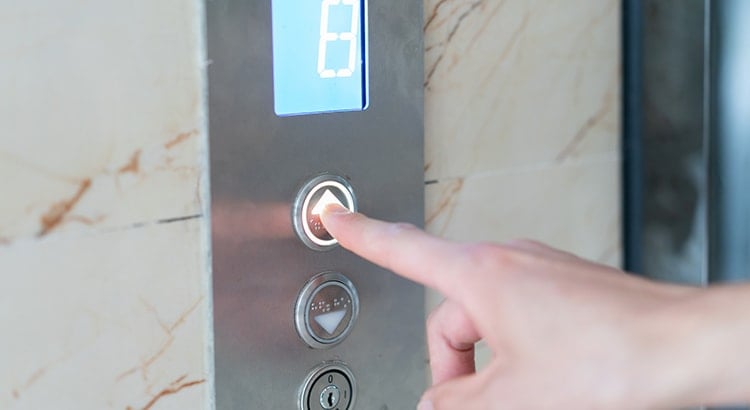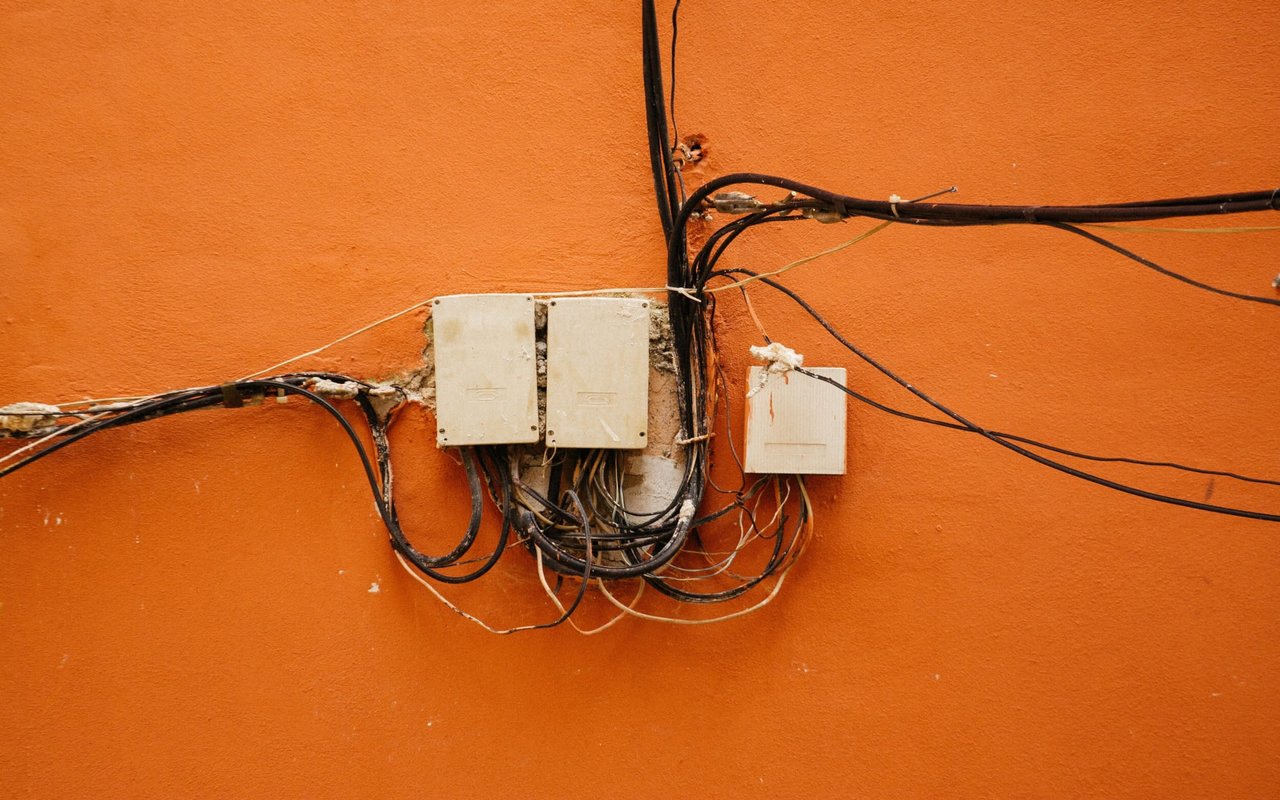In the intricate dance of buying and selling homes, inspections by licensed professionals play a critical role. These investigations delve into the nooks and crannies of a property, assessing the condition of its structure and systems. As a seller, embracing the practice of pre-sale inspections can yield significant advantages. So, let's explore the "what," the "why," and the "how" of this essential component of a real estate sale.
The Spectrum of Home Inspections
When it comes to homes, no two are exactly alike. Therefore, inspections come in a variety of flavors. From comprehensive home inspections that cover everything top to bottom, to specialized inspections for issues like pest and termite, roofs, septic systems, sewer laterals, chimneys, pools, electrical systems, plumbing, wells, and geotechnical concerns. But among these, the most common duo usually includes the home and pest inspection.
It is important to note that some counties and cities have specific point-of-sale inspection requirements, also referred to as Government Required point of sale inspections in the California Residential Purchase Agreement. These include things like sewer lateral and septic inspections, the results of which need to be submitted to the appropriate city or county office.
Why Should Sellers Get Inspections Ahead Of Time
Here's the catch: Why would sellers proactively initiate inspections and reveal a property's flaws to potential buyers? It may seem counterintuitive since inspection results can sometimes appear daunting and discourage buyers. However, seasoned real estate agents consistently advise conducting inspections before listing a property, and the rationale is straightforward.
Providing comprehensive information about a property's quality and condition upfront empowers buyers to make well-informed decisions about their offer's price and terms. This transparency streamlines the sales process, eliminating the need for buyers to arrange separate inspections once their offer is accepted.
Without this proactive approach, buyers may discover unexpected issues post-offer, leading to challenges such as re-negotiations, repair requests, or even contract cancellations. Offering this crucial information to buyers before they submit their offer prevents extensive negotiations and empowers sellers. Buyers find it challenging to negotiate on matters they were already aware of when they made their initial offer, which ideally should have factored into their decision-making. Many sellers consider this aspect when pricing their homes, leading to smoother transactions.
In essence, proactive disclosure places the seller in a favorable position, reducing uncertainty for potential buyers and fostering a more transparent, efficient transaction.
Will Inspections Impact A Home's Asking Price?
Sure, inspection findings might influence the asking price if major repair or renovation work is required – think a new foundation or septic system overhaul. But most often, the hiccups unearthed are manageable and don't significantly dent the home's market value. In fact, they may even uncover opportunities to add value by addressing any necessary items.
| Related: What To Repair Before Selling Your Home
The Consequences of a Seller's Silence
If a seller chooses not to provide these inspections upfront, buyers will more than likely conduct their own investigations during the contingency period if one is in place. This is where the haggling typically kicks in, as buyers scrutinize findings to negotiate for price reductions, closing cost credits, or pre-escrow repairs.
I Related: Understanding Contingencies In The Home Buying Process
Sometimes, even with initial inspections in place, buyers might opt for their peace of mind. However, if the seller works with a reputable service provider, the chances of uncovering new surprises are usually minimal.
To Sum It Up
By investing a few hundred dollars for inspections at the outset, sellers can often avoid potential headaches and save thousands down the road. Pre-sale inspections eliminate uncertainties, providing buyers with a clear picture of a home's condition, reducing the grounds for post-offer negotiations.



































































































